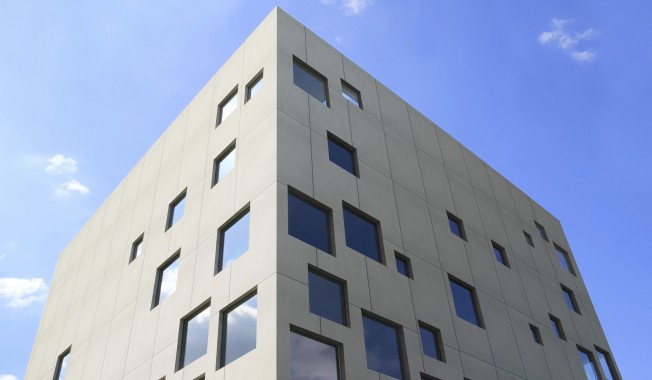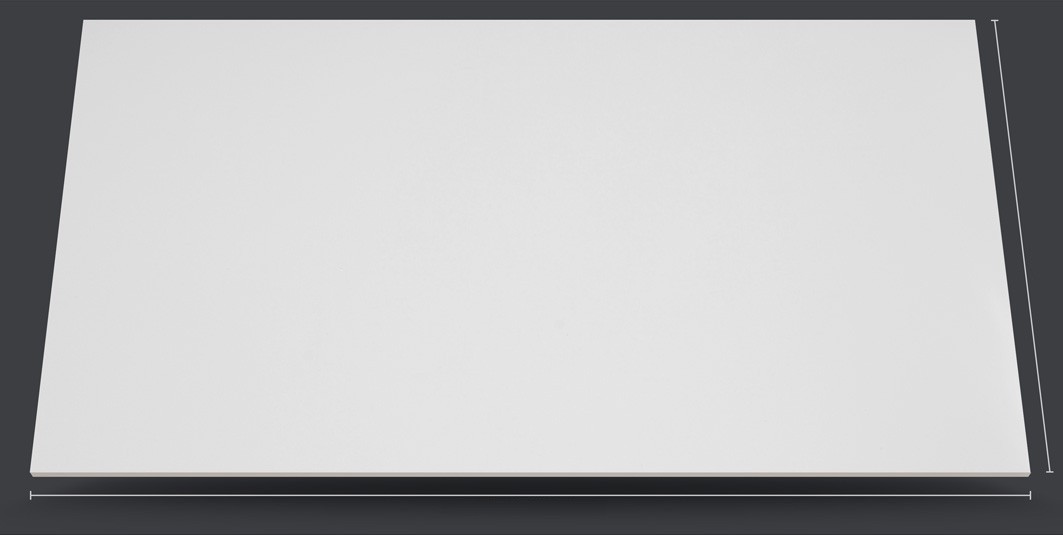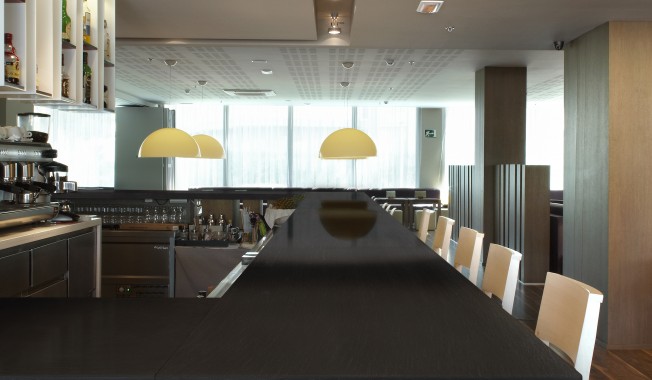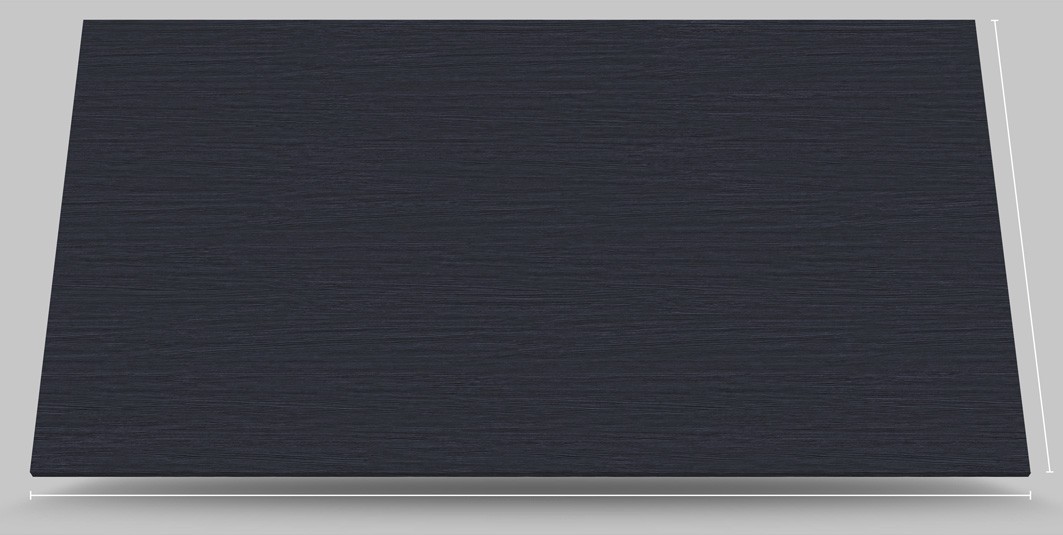As a kitchen designer, countertops are a big part of any kitchen. While cabinets may be physically larger, the countertop dominates the space. It’s also one of the most used and abused surfaces in the kitchen.
There are many types of countertops, I’ll walk you through a few of them before we get to the grand finale called Dekton that I saw in Italy on BlogTour with Modenus…
Laminate: This is often the most inexpensive way that you can do a countertop. Laminate is a printed veneer that is glued over a plywood or particle board substrate. These types of countertops typically have a drop in sink although there are a few undermount ones that you can get. Laminate while good can deteriorate over time as water enters the wood substrate underneath.
Solid Surface: This is a manufactured plastic countertop. They are solid plastic or other polymer all the way through. They can be worked with regular woodworking tools. They are adhered together with a special glue that bonds separate pieces together so they become one. You often see these types of countertop in kitchens with white (or off white) one piece sinks and in bathrooms that have one piece tops. These tops can be prone to scratching as the material is softer plastic.
Granite: This is pretty self explanatory… A massive chunk of rock that is typically milled down to 1 ¼” thick and dropped on your countertop. Granite is the one of the only ways to get the most natural look. It can be a bit unpredictable in terms of durability from one color to the next. It also needs to be resealed at regular intervals or it can stain.
Quartz: If you’ve heard of Silestone, you’ve heard of quartz. Very simply, Silestone is the process of taking chunks of granite and other rock, grinding them up, mixing them with some glue, then mashing them down into sheets that are about the same size as granite. The end result is a surface that is almost always mistaken for granite. It also requires no maintenance. This is one of the most durable surfaces you can get… or so I thought..
The trend in the US has been thick and chunky countertops for years. You typically see 1 ¼” to 1 ½” thick countertops. In Europe their countertops are typically much thinner. ½” to ¾” of an inch is very common place over there. Since European design is very quickly coming to this side of the pond, one company, Cosentino decided to step up and create something special for us here.
They call it Dekton. This is what it looks like:
It’s thinner than traditional countertops. It also has a nice texture to it as well. Now I know what you’re thinking: That they took Silestone and just made it thinner. That’s not the case here. Instead of just remixing something they already made, they decided to make something entirely new.
I’m no scientist so I’m not going to nerd out on how the process works, but near as I can tell this material is made similar to diamonds. Diamonds are created by certain types of rock under immense pressure. Dekton is made a similar way. They use very specific materials, rocks included and compress them MUCH harder than Silestone.
The end result is a material that is thinner and trendier. It’s also extremely durable. They even say that you can clad buildings with it. They walk the talk to, as it’s been used to clad the entire outside of several buildings. If it can stand up to that, it can stand up to your everyday abuse in the kitchen.
I got a chance to see the range of colors and textures they offer in Italy. Suffice it to say, the colors are fantastic. I would definitely spec this material if you’re looking for a fashion forward, durable material from a company that knows how to make great countertops.






